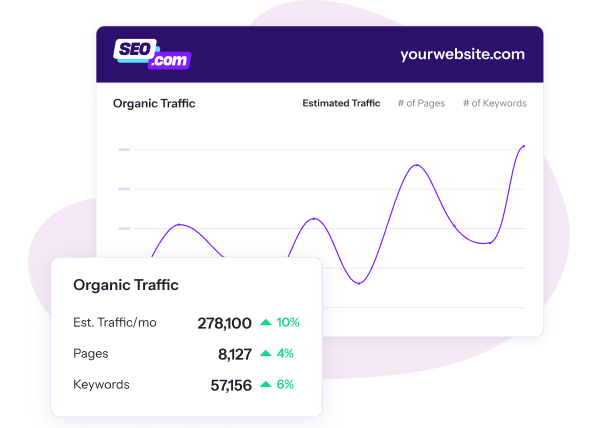What Is Ecommerce SEO? | 2025 Guide to Ecommerce SEO
Are you looking to increase traffic on your site and help new leads find your products?
If so, ecommerce search engine optimization (SEO) is the strategy you need to help you attract more shoppers. But what is SEO for ecommerce? And how can you get started? Luckily, we’ve got all the information you need to build a solid SEO for ecommerce SEO strategy — and avoid common ecommerce SEO problems.
Related Resources
- What is Crawlability and Indexability for SEO?
- What is Disavowing? and How to Disavow Links
- What is E-A-T in SEO, and Why Should It Matter to You?
- What is Ecommerce Local SEO?
- What is Google Indexing and How Does It Work?
- What is Google Lighthouse? a Look at Google’s Website Performance Checker
- What is Google RankBrain (and How Does It Change Search)?
- What is Google’s Ad Rank Formula and How Does It Work?
- What is Internal Link Building? (And How to Build Your Internal Link Building Strategy)
- What is My SEO Score? (Plus 9 Factors That Affect It)
Marketing Tips for Niche Industries
- Urgent Care Marketing Ideas: 5 High-ROI Tactics
- Vision Care Industry Statistics
- Vision Care Industry Statistics
- WebFX: Your Education Digital Marketing Agency
- What is Patient Acquisition Cost & How Do You Calculate It?
- Why Auto Part Retailers Need Digital Marketing
- Why Digital Marketing is Essential for Auctioneers
- Your 2025 Guide to Digital Marketing for Home Security Companies
- Your Guide to Digital Marketing for Exercise Equipment Companies
- 2025 Professional Services Trends: Embracing the Future

Optimize Your Website Faster with SEO.com
Effortlessly find opportunities and monitor performance with this user-friendly tool designed by the SEO experts at WebFX!
Try it for Free